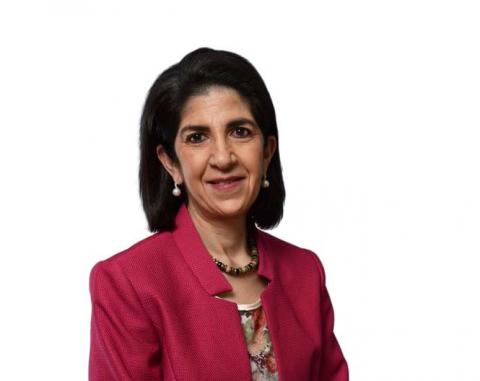Yesterday was the International Day of Women and Girls in Science, an annual event that CERN is proud to support. This year, as part of an initiative of CERN, the University of Geneva and EPFL, some 57 women scientists will be going into 146 local school classes throughout this week to discuss careers in science with groups of young people, boys as well as girls, between the ages of 7 and 15.
But it’s not just for one day a year that we promote diversity in science, and that’s why I signed the joint statement issued by EIROforum yesterday, celebrating the contributions and achievements of women and girls in science. CERN’s sustained commitment to diversity and inclusion in all their facets (gender, ethnicity, culture, etc.) can be seen across the Organization and in our career opportunities. We monitor our Human Resources programmes closely to ensure that they respect the value of diversity. For instance, our recruitment policy, which places excellence first, is designed to encourage a diverse workforce – job titles are gender neutral and selection boards are trained to avoid unconscious bias. We have a range of family-friendly policies in place, including maternity, adoption, parental and other forms of leave for family reasons, as well as dual career support, child-care and education facilities on site and a breastfeeding room. We organise awareness-raising events on themes related to diversity, such as the Gender Equality in Education workshop held in 2018; last year, we held no fewer than 20 of them. And we have support structures enabling members of the personnel to talk to someone safely and confidentially if they feel the need. In 2015, the Diversity Office introduced a module on gender inclusivity into CERN’s international high school teachers’ programme in order to help teachers develop the competences needed to spark the interest of both female and male students in science.
CERN collects and reports gender data through which we observe an increase both in the representation of women among fellows and students as well as in the proportion of women who are senior staff. Overall, women now represent 21% of CERN staff, compared to 14% in 1995. The overall percentage of women across the scientific population at CERN is about 18%, compared to 8% in 1995. This shows good progress, but there’s still much to be done, which is why I’m personally proud to support the International Day of Women and Girls in Science.

